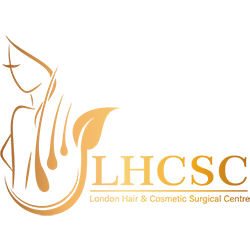Mr Nikkhah offers a cooling off period before you decide to go ahead with a breast augmentation. Breast augmentation is a lifetime commitment. Therefore it is essential that you are making the appropriate choice and understand all the possible complications of the surgery. You may need revision surgery as the years go by and you need to be prepared personally and financially for this. Nobody needs an urgent breast augmentation. If you are not offered a cooling-off period, or you are put under pressure to proceed, you should walk away and look elsewhere.
List of possible complications:
Infection - this is rare in primary breast augmentation, if infection does not respond to antibiotics the implant will have to be removed and replaced at 3-6 months
• Bleeding - may result in a return to theatre
• Changes to sensation in the breast
• Wound breakdown
• Asymmetry between breasts
• Implant rupture
• Implant wrinkling
Capsular contracture - 10% at 5 years this occurs as the body responds by scarring around the breast implant. In severe cases capsular contracture can result in distortion and pain
